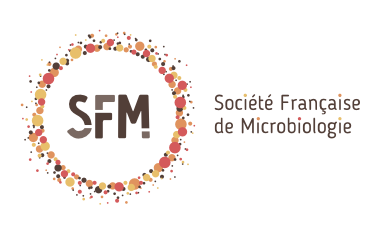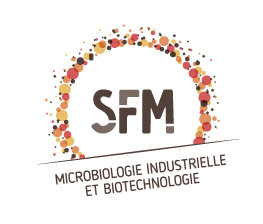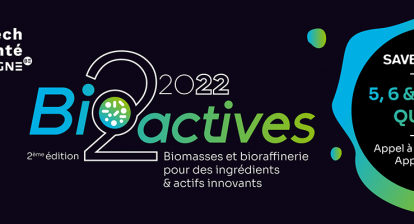Bio-electrochemical COD removal for energy-efficient, maximum and robust nitrogen recovery from urine through membrane aerated nitrification
Jolien De Paepea,b,c, Kim De Paepea, Francesc Gòdia b, Korneel Rabaeya,c,∗ , Siegfried E. Vlaeminckc,d, Peter Clauwaerta,c
a Center for Microbial Ecology and Technology (CMET), Department of Biotechnology, Faculty of Bioscience Engineering, Ghent University, Coupure Links 653, 9000 Gent, Belgium
b Departament d’Enginyeria Química, Biològica I Ambiental, Escola d’Enginyeria, Universitat Autònoma de Barcelona, Bellaterra 08193 Barcelona, Spain
c Center for Advanced Process Technology and Urban Resource Efficiency (CAPTURE), Belgium
d Research Group of Sustainable Energy, Air and Water Technology, Department of Bioscience Engineering, University of Antwerp, Groenenborgerlaan 171, 2020 Antwerpen, Belgium
Abstract :
Resource recovery from source-separated urine can shorten nutrient cycles on Earth and is essential in regenerative life support systems for deep-space exploration. In this study, a robust two-stage, energyefficient, gravity-independent urine treatment system was developed to transform fresh real human urine into a stable nutrient solution. In the first stage, up to 85% of the COD was removed in a microbial electrolysis cell (MEC), converting part of the energy in organic compounds (27–46%) into hydrogen gas and enabling full nitrogen recovery by preventing nitrogen losses through denitrification in the second stage. Besides COD removal, all urea was hydrolysed in the MEC, resulting in a stream rich in ammoniacal nitrogen and alkalinity, and low in COD. This stream was fed into a membrane-aerated biofilm reactor (MABR) in order to convert the volatile and toxic ammoniacal nitrogen to non-volatile nitrate by nitrification. Bio-electrochemical pre-treatment allowed to recover all nitrogen as nitrate in the MABR at a bulk-phase dissolved oxygen level below 0.1 mg O2 L−1. In contrast, feeding the MABR directly with raw urine (omitting the first stage), at the same nitrogen loading rate, resulted in nitrogen loss (18%) due to denitrification. The MEC and MABR were characterised by very distinct and diverse microbial communities. While (strictly) anaerobic genera, such as Geobacter (electroactive bacteria), Thiopseudomonas, a Lentimicrobiaceae member, Alcaligenes and Proteiniphilum prevailed in the MEC, the MABR was dominated by aerobic genera, including Nitrosomonas (a known ammonium oxidiser), Moheibacter and Gordonia. The two-stage approach yielded a stable nitrate-rich, COD-low nutrient solution, suitable for plant and microalgae cultivation.








